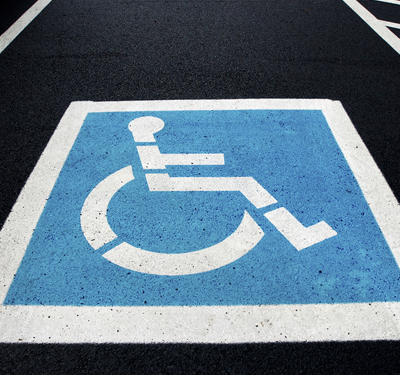

Areas of Rescue Assistance Prove Beneficial
Posted in Engineering
Ohio Building Code has adopted the Americans with Disability Act Accessibility Guidelines (ADAAG) as part of code in order to ensure that areas of rescue assistance are required in any building that is more than one story tall. Areas of rescue assistance are spaces within a building that persons with disabilities who are unable to exit the building using the stairs can be safe while waiting to be rescued from the building. According to ADAAG 4.3.11.1, an area of rescue assistance can be one of the following:
- A portion of stair landing within a smoke proof enclosure
- A portion of a one hour fire resistive corridor adjacent to an exit
- A vestibule located adjacent to an exit enclosure
- An area or room separated from other portions of the building by a smoke barrier
- A pressurized elevator lobby
Code requires a building each area of rescue assistance to provide two accessible spaces, not less than 30”x48” and not encroaching on exit width. The areas must be near the normal paths of egress, but cannot prevent those using these paths from exiting properly.
ADAAG 4.3.11.4 also requires each area of rescue assistance to have access to a two-way communications system. The method of two-way communications, with both audio and visual signals, shall be provided between each area of rescue assistance and the primary entry.
The communications system requires the following:
- The communication system must report to a primary entrance.
- There must be a sender/receiver at both the primary entrance and each rescue area.
- The primary location must indicate where and which rescue area’s sender/receiver has been activated.
- The communication system must have a battery backup or be connected to the Life Safety System Power.
Requiring areas of rescue assistance in buildings benefits both people who are disabled and the fire department. People who are disabled are kept safe while waiting for rescue, while the firefighters are able to pinpoint where they need to go for a rescue as well as the number of people they will be rescuing.
The engineers at TES Engineering are well versed in this and many other Americans with Disabilities Act topics across different states. Contact us today.

 Previous STORY
Previous STORY